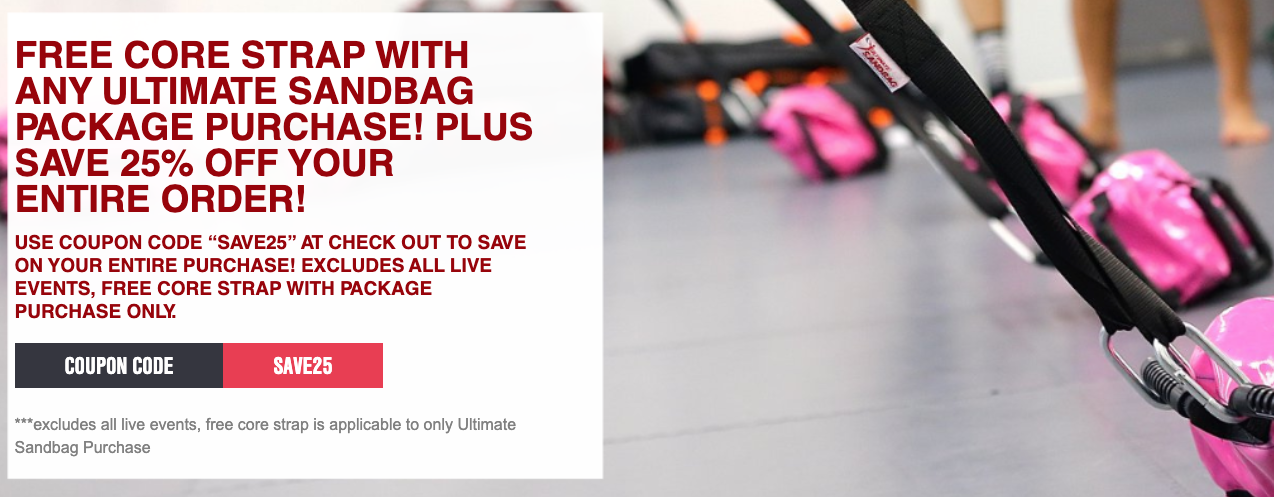Key to Better Hip Mobility
2019-05-19
This past week I had another wonderful opportunity to work with the great staff at Equinox. One of the many reasons I enjoy working with their team is because education is a core value and their interest in learning more about how the body works and building better strategies to help their clients always gets me excited to teach! After all, that is why I wanted to teach in the first place, to empower fitness professionals with the knowledge to really make a difference with their clients.

A topic that I’ve been covering this year is building better mobility. Especially shoulder and hip mobility. I thought this topic was so relevant as mobility is constantly being discussed in fitness circles and for good reason. What separates flexibility from mobility is that when we speak about mobility we are actually talking about our bodies ability to control its movement through a range of motion, where as flexibility is typically more passive in nature. Why does this matter though?
Research (you can read here) has shown that passive strategies actually don’t have good carry over to functional movement patterns. That actually isn’t THAT surprising as our body is always being governed by our nervous system. Your CNS (central nervous system) coordinates our complex movements in life and sport so if we aren’t able to control movement ourself, it makes sense it would have minimal carry over. Following?
It is important to understand these differences because most people don’t and just end up doing “stuff” in an effort to improve their mobility. Heck, most people don’t even know what mobility actually means (sad face here). That makes creating solutions far more difficult. So what do we do?

For this post I wanted to focus specifically on hip mobility and some simple strategies you can use to really help improve your hip mobility quickly but more importantly understand your body better. While there are many strategies we can use, we are going to focus on one VERY popular hip mobility exercise.
Shinbox (90/90 Squat)
I first came across the shinbox in about 2002 at a course on movement and instantly hated it! Being taller, over a decade of sports on my body, and my wonderful spinal issues the shinbox position felt like torture. What I am always careful of is distinguishing something being difficult from being productive. It made sense that trying to get better at the shinbox could be something also beneficial to me.

The shinbox really comes from martial arts and I can’t tell you the reason it is used there (I think most for mobility of the hips for punching an kicking), I wanted to use it because of its emphasis on internal rotation of the hip. You see most people lack hip mobility in the ability to turn the foot inwards. So?
Research has shown limited range of motion in the hip can lead to more issues in the low back. It makes sense from the famous “Joint by Joint Approach” that if the mobile hips become locked, the stable low spine will try to compensate and create mobility. The problem comes in the fact that our low backs are not made to be mobile!

Now, there are a lot of people that have gotten onto the shinbox train and are doing all sorts of things. That’s all good, but people often get lost in what are they actually trying to do and where are they taking themselves and others. Let’s face it, most you see on the internet is demonstrations of mobility, not so much building hip mobility.
I started thinking more about the shinbox and many issues people face in actually benefitting from it. In our efforts to build better hip mobility we have to remember we don’t want to “stress out” the CNS either. What I mean is if you feel great discomfort, even borderline pain, your body will shut down in an order to protect yourself. In other words, you will make your hip mobility actually worse!
This is a big issue for many people because there are a great deal that can’t sit in the shinbox position without huge discomfort. Such an issue is something we need to address in proper progression of our hip mobility training. Many people simply default to putting the hands on the ground and just trying to move their hips back and forth. If building mobility was simply about moving a joint we all be moving faster but that isn’t the solution.
Why We Get “Tight”
Something I ask coaches when I present is the simple “why”. You need to really go deep into why you are doing what you are doing to understand if what you are doing is putting you on the path of success. So, the first question I ask in regards to mobility is WHY do we lose it?
The answer can be part of a variety of answers such as injury, poor balanced training, sport (repetitive sport motions can be detrimental over long term), and most of all lack of moving. In all these cases there is a similar issue that arises for hip mobility. Our core gets dysfunctional for one reason or another. Why does the core matter to the hips?
First, remember with the core we are talking about 35 muscles including ones like the lats and glutes! The core not working right causes hip mobility issues for the same reason the hips can cause the low back to get tight. Except this time, if the lumbar area can not create the stability it is designed for, the regions above and below become impacted and will try to accomplish the goal of stability. That is why we so often see “tight” thoracic spines and lack of hip mobility.
That means we have to get the core active WITH our training of hip mobility. I wanted to start going back to our roots of having instructional videos for you to really get the why’s and how’s of what we do. So, I’ve tried to keep this brief and we will continue to post progressions on our social media (instagram HERE and facebook HERE), but you have to know the why’s and how’s first.
Check out how understanding these simple concepts of functional training can help you unlock the great mystery of better hip mobility. Don’t miss out more detailed coaching and progressions in our DVRT Online Certs that are 30% off HERE with coupon code “memorial”
https://www.instagram.com/p/Br-WdcUBwUO/
© 2025 Ultimate Sandbag Training. Site by Jennifer Web Design.







